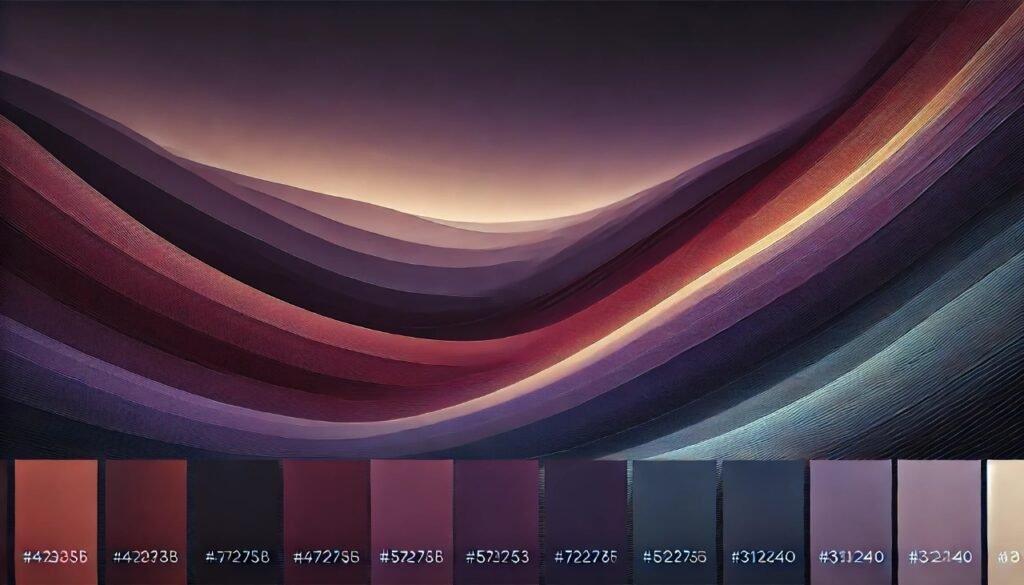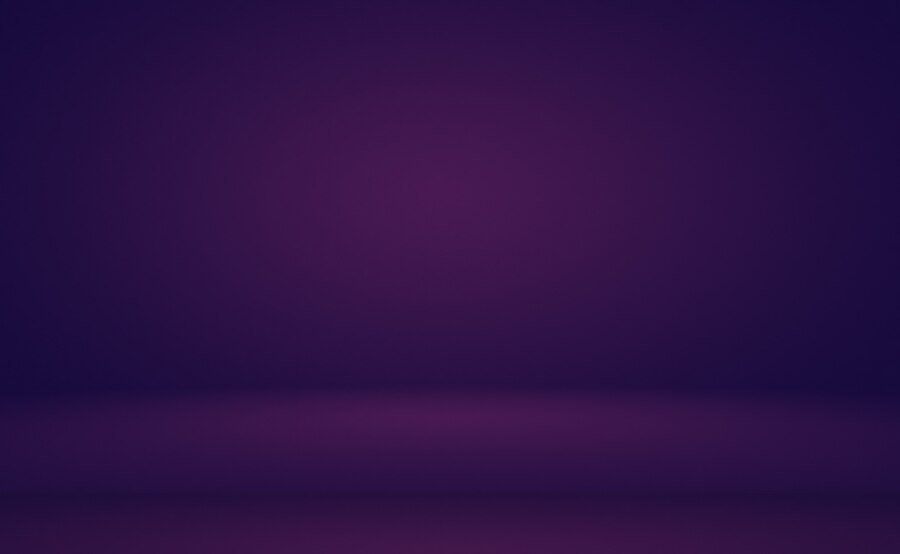Dark Purple (Hex Color) – Meaning, Uses, and Design Inspiration

Dark Purple
The dark purple hex color (#301934) has long captivated designers and artists with its deep, mysterious tones and luxurious, rich undertones. It’s a color associated with creativity, elegance, and mystery, often evoking feelings of sophistication. This article delves into the many facets of purple—from its historical symbolism and color theory to practical uses across digital design, fashion, and interior décor. By understanding the versatile applications and emotive power of this hue, you can make informed choices when incorporating dark purple into various design projects.
The Meaning and Symbolism of Dark Purple
Dark purple is a color that has always been linked to nobility, wisdom, and luxury. Historically, purple dyes were rare and expensive to produce, making them accessible only to royalty and the wealthy. Today, purple symbolizes creativity, mystery, and power, which can be beneficial in modern designs where these values resonate with the audience. People often use this color to bring depth and a touch of sophistication to visual compositions.
Psychologically, dark purple stimulates creativity while also having a calming effect. It’s said to encourage introspection, a reason why many artists and thinkers are drawn to shades of purple. For branding and marketing, purple can be ideal for businesses that want to project a sense of luxury, innovation, and deep-rooted values.
Hex Color Code and Dark Purple Shades
The hex color code for dark purple is #301934. This particular shade of purple is characterized by its intensity and depth, giving it a bold, yet elegant look. Dark purple can be found within the RGB color model, where it consists of 18.8% red, 9.8% green, and 20.4% blue. However, variations of dark purple may include other hex codes, such as:
- Royal Purple (#7851A9): A brighter, slightly lighter variation associated with luxury.
- Deep Purple (#301934): A darker, almost mystical shade of purple.
- Eggplant (#614051): A warmer variant with a reddish undertone.
Each shade has a unique effect on the viewer’s perception, making purple versatile for both digital and physical mediums.
The Role of Dark Purple in Color Theory

In color theory, dark purple is a secondary color, created by combining blue and red. Its position on the color wheel gives it unique relationships with other colors. When used in contrast with complementary shades like yellow, dark purple can produce striking visual effects, balancing cool and warm tones to create a harmonious look. Analogous colors, such as blue and pink, can add vibrancy to purple designs without overpowering them.
The versatility of dark purple in color theory allows it to be paired with a variety of colors for different moods. For example:
- With gold or beige: Creates a luxurious and sophisticated aesthetic.
- With white or light grey: Adds a modern, clean, and minimalistic touch.
- With green: Evokes a mystical, nature-inspired design, balancing warmth and coolness.
Applications of Purple in Web and Graphic Design
Dark purple is a powerful choice for web and graphic design due to its ability to draw attention without overwhelming the viewer. This color is especially popular in creating elegant websites and branding materials. Here are some ways dark purple is effectively applied in digital design:
- Backgrounds: Dark purple provides a visually engaging background, creating contrast without overshadowing the main elements. This can be particularly useful in portfolios, galleries, or e-commerce sites focused on premium products.
- Accents and Buttons: Using dark purple for clickable elements like buttons or icons can guide user attention effectively. Paired with a lighter text or icon, it enhances visibility and creates an inviting, clickable feel.
- Typography: Dark purple typography on a light background can convey creativity and sophistication, often used for headings or special sections to create contrast.
- Logos and Branding: For brands seeking a unique, creative image, purple is an excellent option. It conveys a sense of individuality, making it suitable for luxury brands, beauty products, or tech companies focused on innovation.
The Influence of Dark Purple in Fashion
In fashion, dark purple is widely used to create bold, memorable looks. This color is associated with mystery and sophistication, ideal for making statement pieces that capture attention. Dark purple garments can add a dramatic edge to any wardrobe, whether in eveningwear, casual clothing, or accessories.
- Evening and Formal Wear: Dark purple is a classic choice for formal wear because of its elegance. Gowns, suits, and other high-end pieces often incorporate purple to add a touch of royalty.
- Accessories: Dark purple works well as an accessory color. Shoes, bags, and jewellery in dark purple can complement both monochromatic and colorful outfits, adding an unexpected yet tasteful contrast.
- Seasonal Versatility: While often associated with autumn and winter, purple can be versatile in any season. It pairs well with warmer tones for fall and can add depth to pastels in spring or summer wardrobes.
Using Purple in Interior Design
Dark purple in interior design can add depth and character to any space. It’s a popular choice for creating a luxurious, cozy, and intimate atmosphere, especially in spaces like living rooms, bedrooms, and study areas.
- Wall Colors and Accents: Dark purple walls can create a focal point in a room, especially when balanced with lighter hues or metallic finishes. Alternatively, using purple as an accent color in pillows, curtains, or rugs adds sophistication without overwhelming the space.
- Furniture and Upholstery: Purple furniture or upholstery pieces, such as sofas and armchairs, offer a bold, luxurious touch. When paired with neutral or metallic colors, these pieces can enhance the room’s overall elegance.
- Lighting and Decor: Dark purple also works well with lighting choices, as it enhances mood lighting effects. Gold and warm-toned lighting can highlight the color’s depth, making spaces feel warm and inviting.
The Use of Purple in Art and Pop Culture
Dark purple holds a unique place in art and pop culture. Artists and creators often use it to symbolize creativity, spirituality, and emotional depth. Musicians and artists throughout history have gravitated toward dark purple in their visual branding to evoke an aura of mystery and allure.
In pop culture, purple is often associated with mysterious, powerful, or unconventional characters. These portrayals reinforce the idea that purple represents strength, individuality, and creativity.
How to Use Dark Purple (Hex Color) in Your Projects
Implementing purple in design projects is straightforward when applied thoughtfully. Here are practical tips to maximize its impact:
- In digital designs: Use purple as a background to make content stand out, or incorporate it in typography for a sleek, modern look.
- In fashion: Opt for statement pieces in purple or use it as an accent to make an outfit feel sophisticated.
- In interior decor: Create a luxurious look by pairing dark purple with gold or neutral tones, or use it as a wall accent to make spaces feel intimate.
Conclusion
The dark purple hex color (#301934) remains a versatile choice across digital, fashion, and interior design. Its rich tones and historical associations with luxury, creativity, and introspection make it a meaningful addition to any project. Whether you’re using it as a primary color or an accent, dark purple adds depth, sophistication, and a touch of mystery that can transform ordinary designs into extraordinary experiences.







